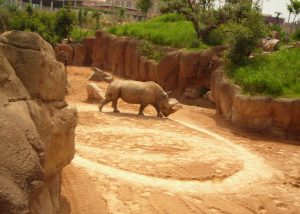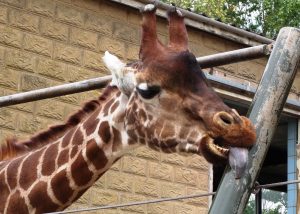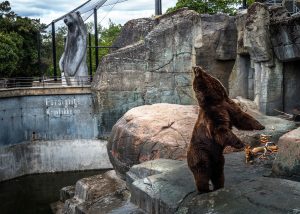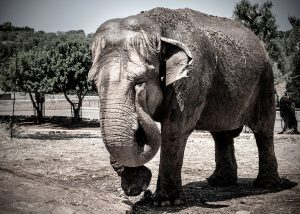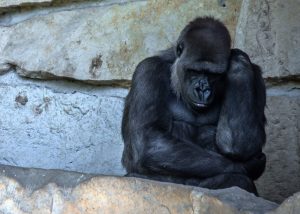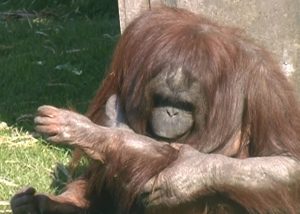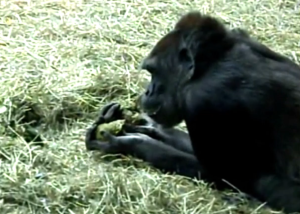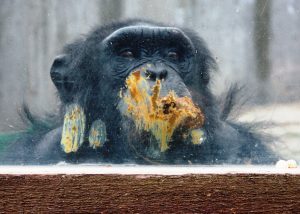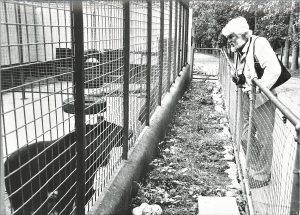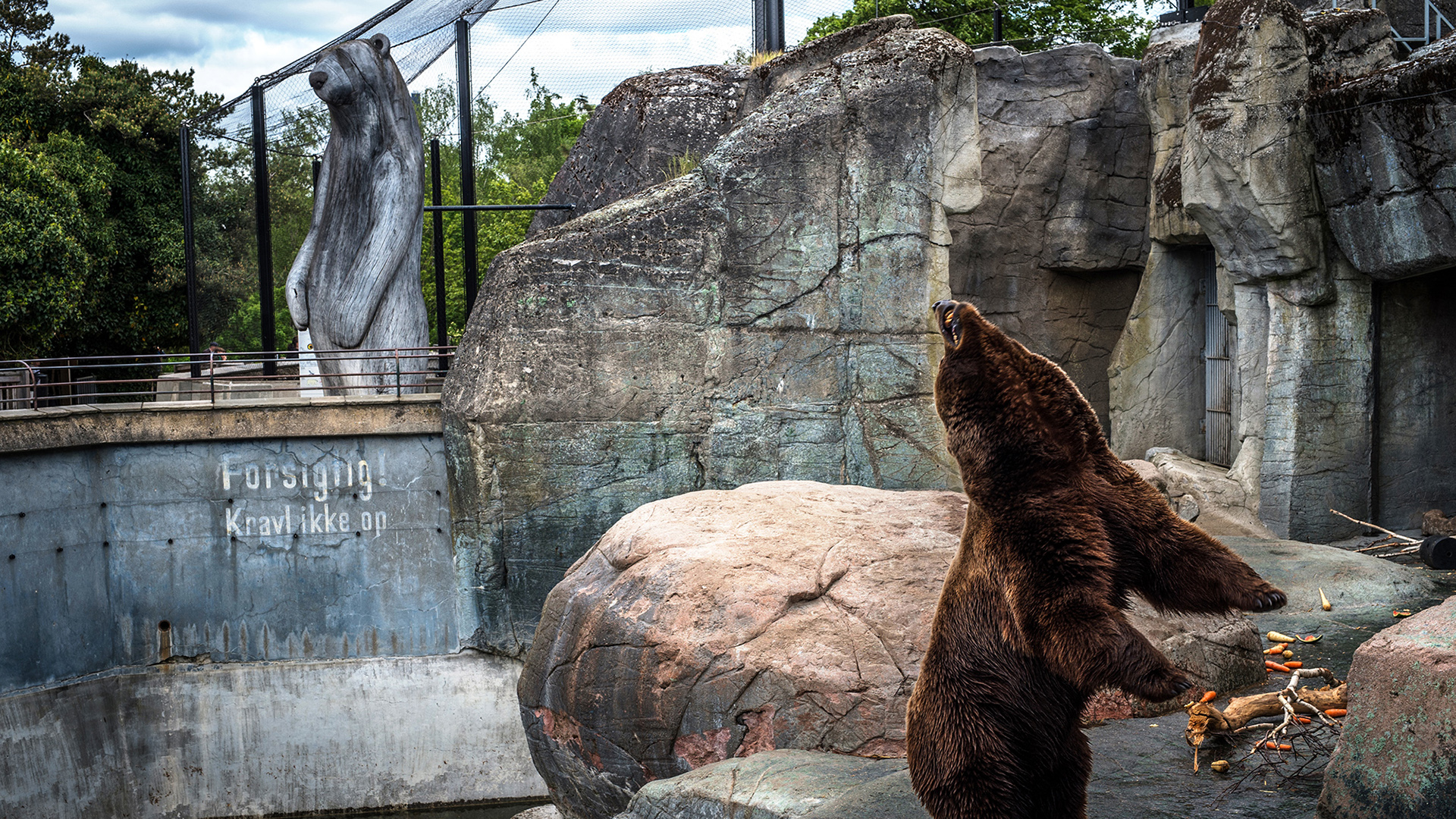
Zoochosis
ZOOCHOSIS: STEREOTYPIC BEHAVIOUR IN CAPTIVE WILD ANIMALS
Animals have evolved over millions of years and their physical, physiological and behavioural traits are specifically adapted to their natural habitat.
However, a life in captivity differs substantially from life in the wild. Space, social interactions, diet, climate, the presence of humans and many more aspects of an animal’s life may be completely different to what they would encounter in the wild. Wild animals in captivity cannot choose their environment or carry out behaviours necessary to enhance their welfare or survival. Rather than having a safe and easy life in captivity, animals may face challenges which evolution has not prepared them for. This can result in ‘zoochosis’, a phrase used to described the stereotypic behaviour that captive animals exhibit.
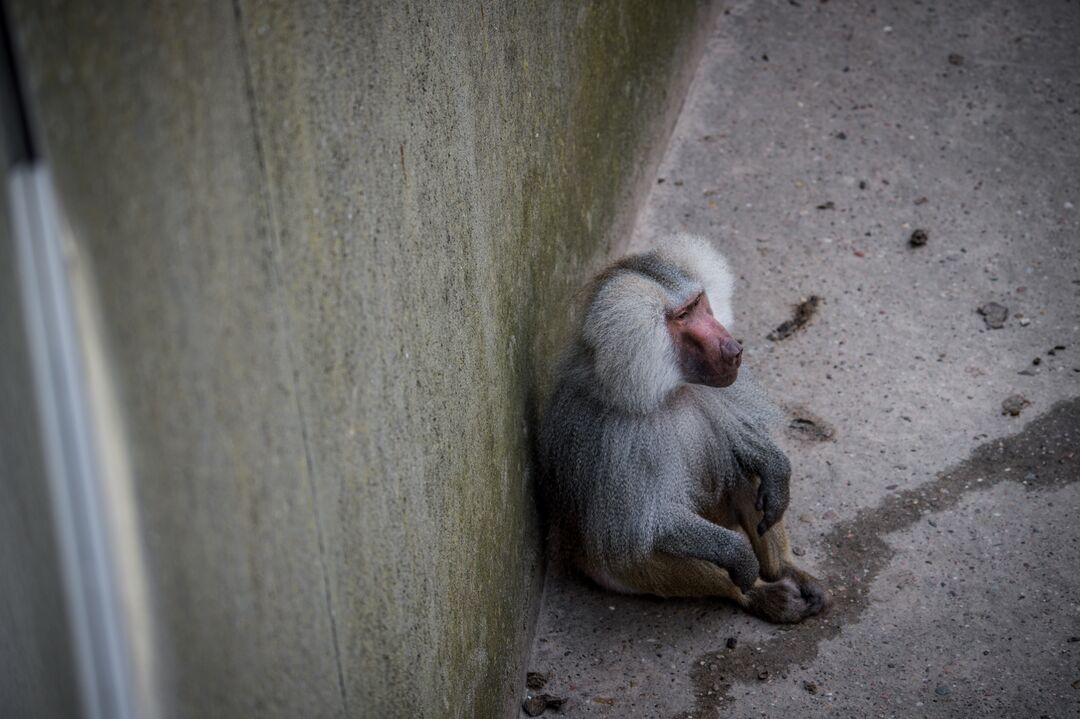
WHAT IS ZOOCHOSIS?
EXAMPLES OF STEREOTYPIC BEHAVIOUR
The constant walking back and forth or in a circle, following the same path. Signs of regular pacing include definite paths worn in the ground. Seen in many captive animals, especially big cats and canids, such as wolves.
The continual licking, sucking or biting of walls, bars or gates in an enclosure. Often seen in giraffe and primates.
Unnatural twisting and rolling of the neck, often flicking the head around or bending the neck back. It is often combined with pacing behaviour. Seen in, for example, giraffe, llama, bears and primates.
Standing in one place swaying the head and shoulders – even the whole body – from side to side. Moving the head up and down or weaving to and fro continuously. Seen in, for example, bears and elephants.
Sitting, sometimes hugging the legs, rocking forwards and backwards. Seen in, for example, captive ape species.
Self-inflicted physical harm such as biting or chewing tail or leg, or hitting a head against a wall. Grooming to an excessive extent, pulling out hair or feathers, often leaving bald patches, irritated and broken skin. Seen in, for instance, apes, bears, parrots and big cats.
A form of bulimia, the repeated vomiting, eating of vomit and regurgitation. May be linked to the captive diet. Often seen in captive ape species.
Playing with and eating excrement (in species that do not naturally do this) or smearing faeces on enclosure walls and glass. Seen in, for example, captive primate species.
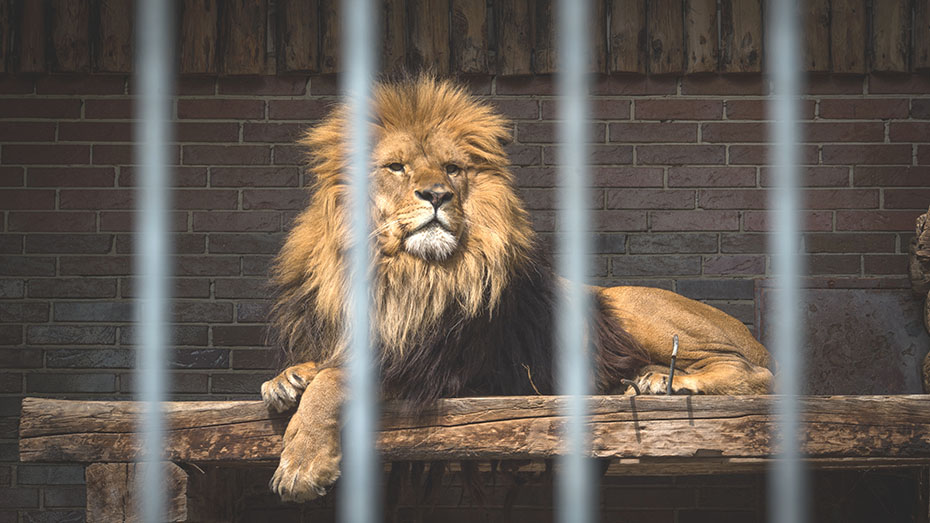
Raise The Red Flag For Captive Wild Animals
If you see a captive animal that could be suffering with zoochosis, Born Free needs you to Raise the Red Flag and report it, so we can help end the suffering of animals in captivity.
Share your eyewitness experiences, and find out how else you can help.
ZOOCHOSIS: DID YOU KNOW?
In 1992, Bill Travers MBE, Co-Founder of Born Free, first coined the term ‘zoochosis’ to describe this obsessive, repetitive behaviour, and described zoo animals behaving abnormally as ‘zoochotic’.
Born Free’s 1993 Zoochotic Report film, using more than three years of video observations in over 100 zoos in Europe, North America and the Far East, raised serious concerns about the effects of captivity on wild animals. This investigation helped form the philosophies of our charity and our animal welfare objectives.
“In every zoo I visited when compiling the Zoochotic Report, I witnessed some sort of abnormal behaviour” – Bill Travers MBE, Born Free Co-Founder

